Abstract
Critical to a more definitive human health assessment of the potential health risks from exposure to complex mixtures in indoor air is the need for a more definitive clinical measure and etiology of the health effects of complex mixtures. This panel overview highlights six of the eight presentations of the conference panel discussion and features a number of the major topical areas of indoor air concern. W. G. Meggs assessed clinical research priorities with primary focus on the role of volatile organic chemicals in human health, recognizing the areas where definitive data are lacking. By recognizing many types of chemical sensitivity, it may be possible to design studies that can illuminate the mechanisms by which chemical exposure may cause disease. The critically important topic of multiple chemical sensitivity was discussed by N. A. Ashford, who identified four high risk groups and defined the demographics of these groups. P. A. Schulte addressed the issue of biological markers of susceptibility with specific considerations of both methodological and societal aspects that may be operative in the ability to detect innate or inborne differences between individuals and populations. Three case studies were reviewed. H. Anderson discussed the past and present priorities from a public health perspective, focusing on those issues dealing with exposures to environmental tobacco smoke and formaldehyde off-gassing from materials used in mobile home construction. J. J. Osborne described several case studies involving wood smoke exposure to children, with emphasis on the significantly greater occurrence of chronic respiratory symptoms and acute chest illness for children from homes heated with woodburning stoves.(ABSTRACT TRUNCATED AT 250 WORDS)
Full text
PDF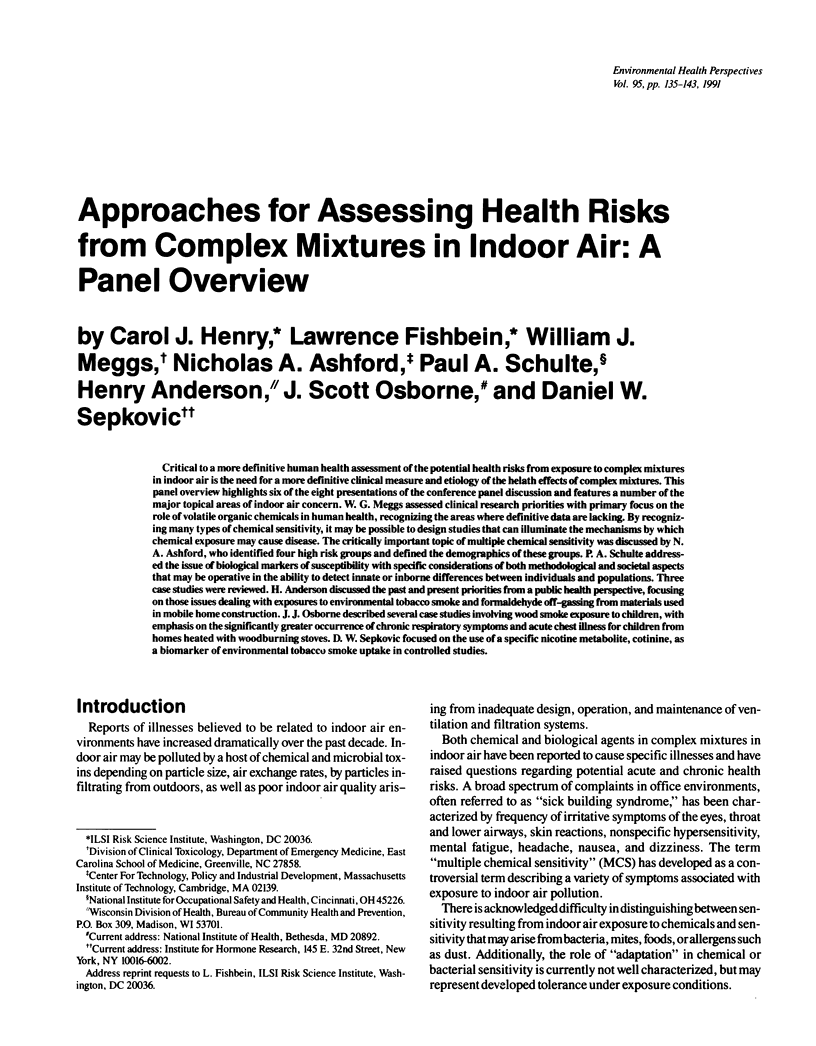
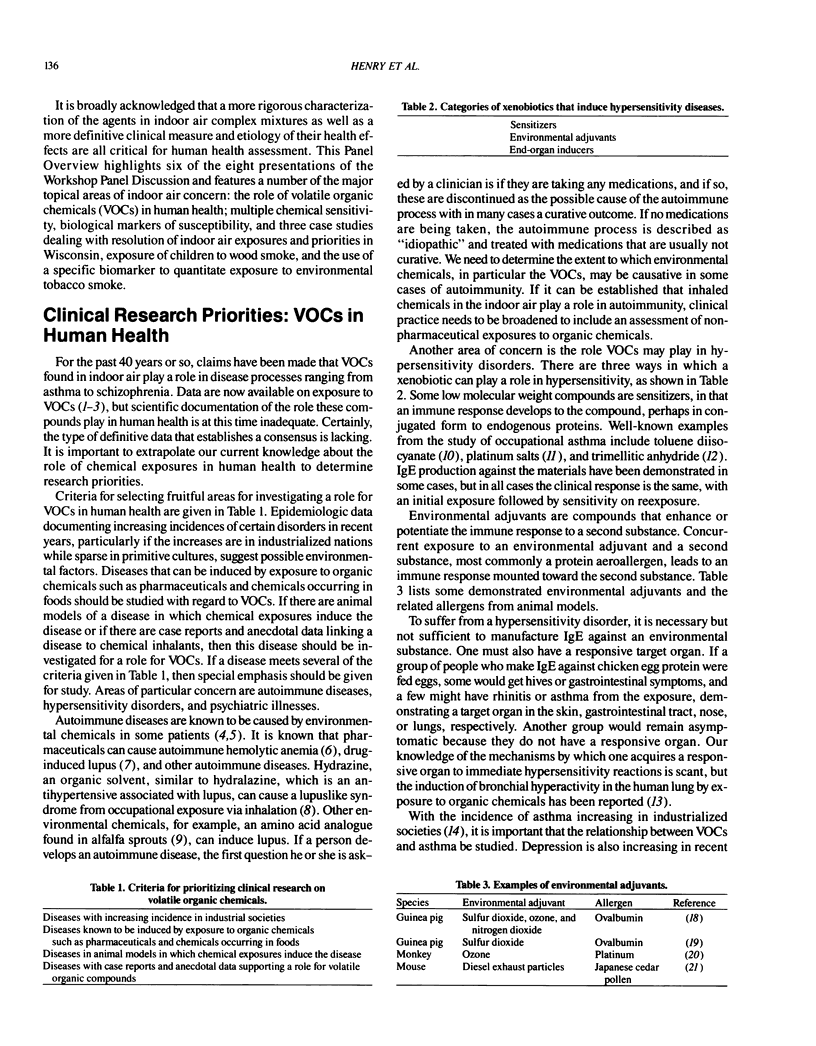
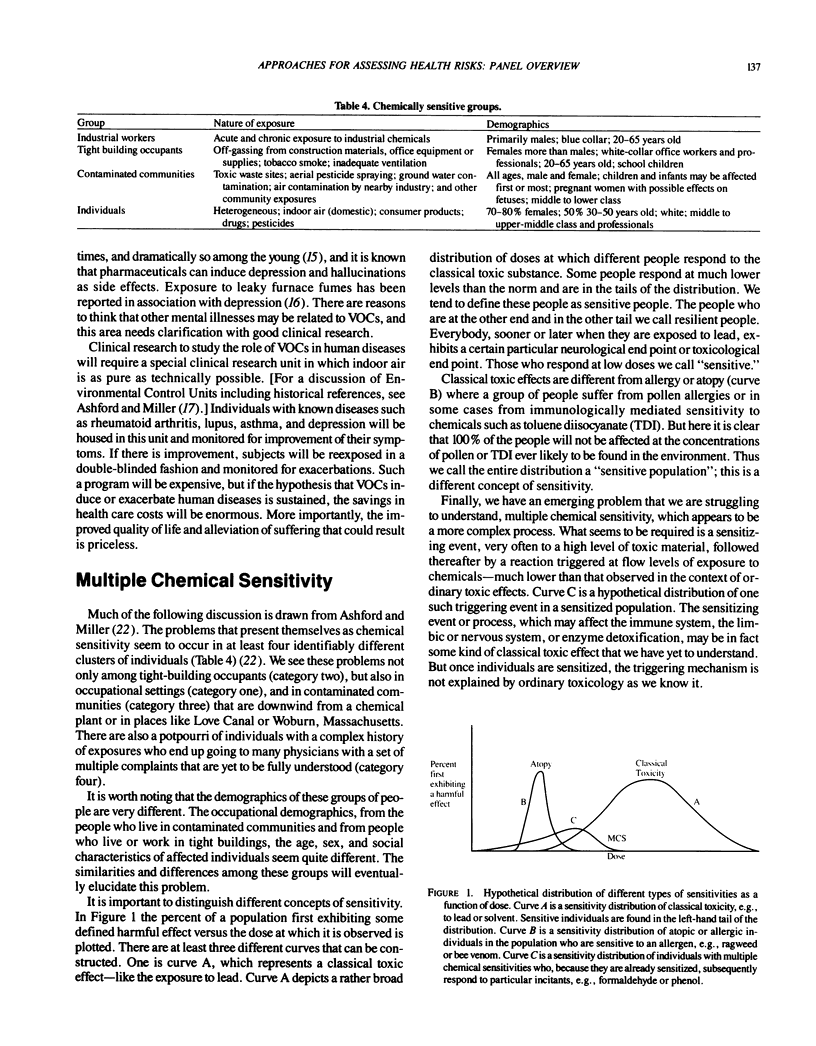
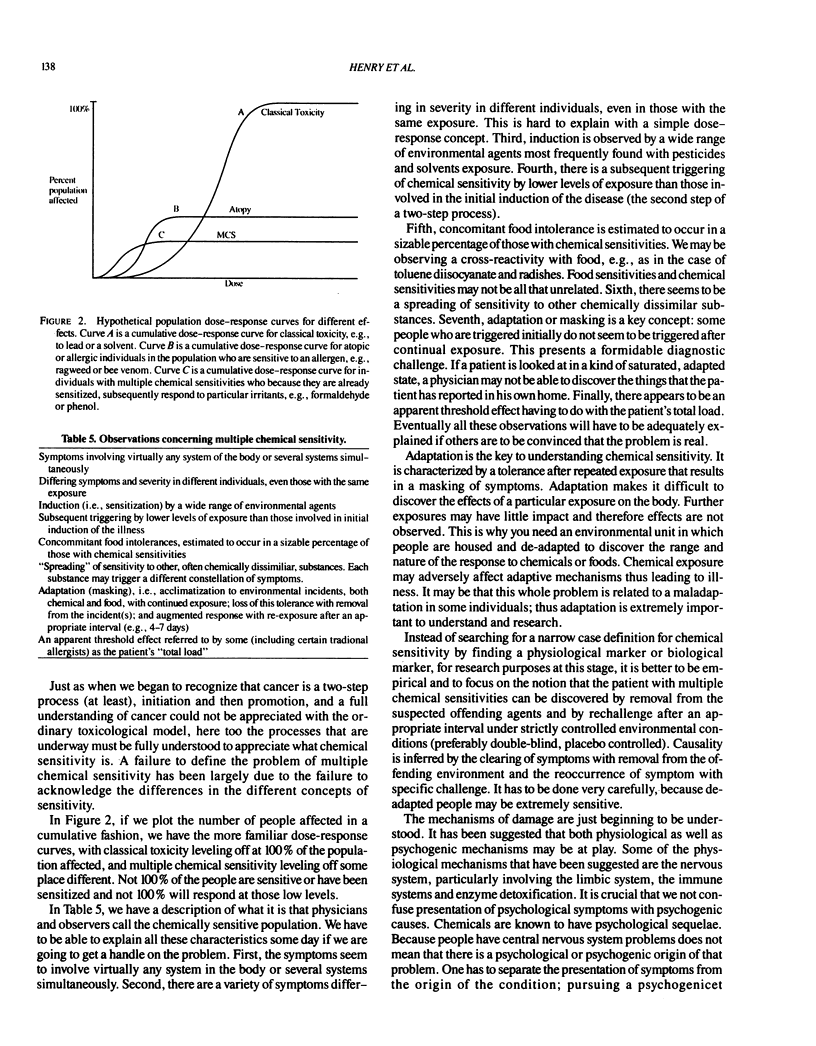
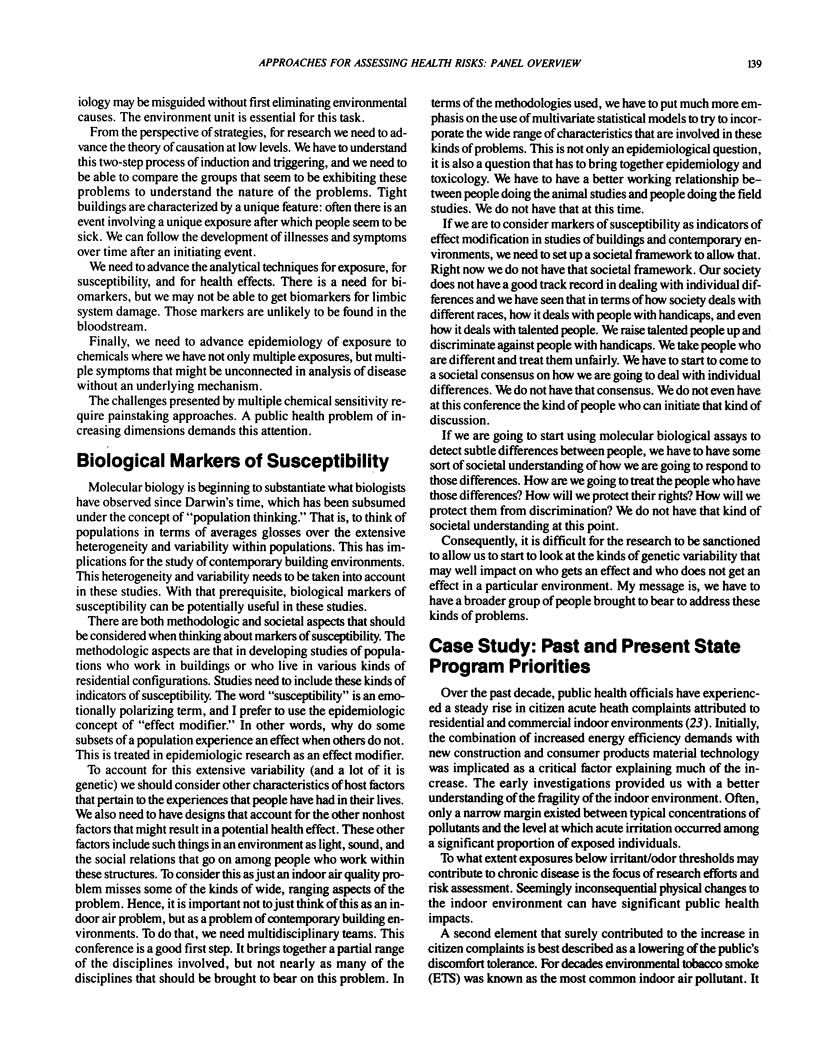
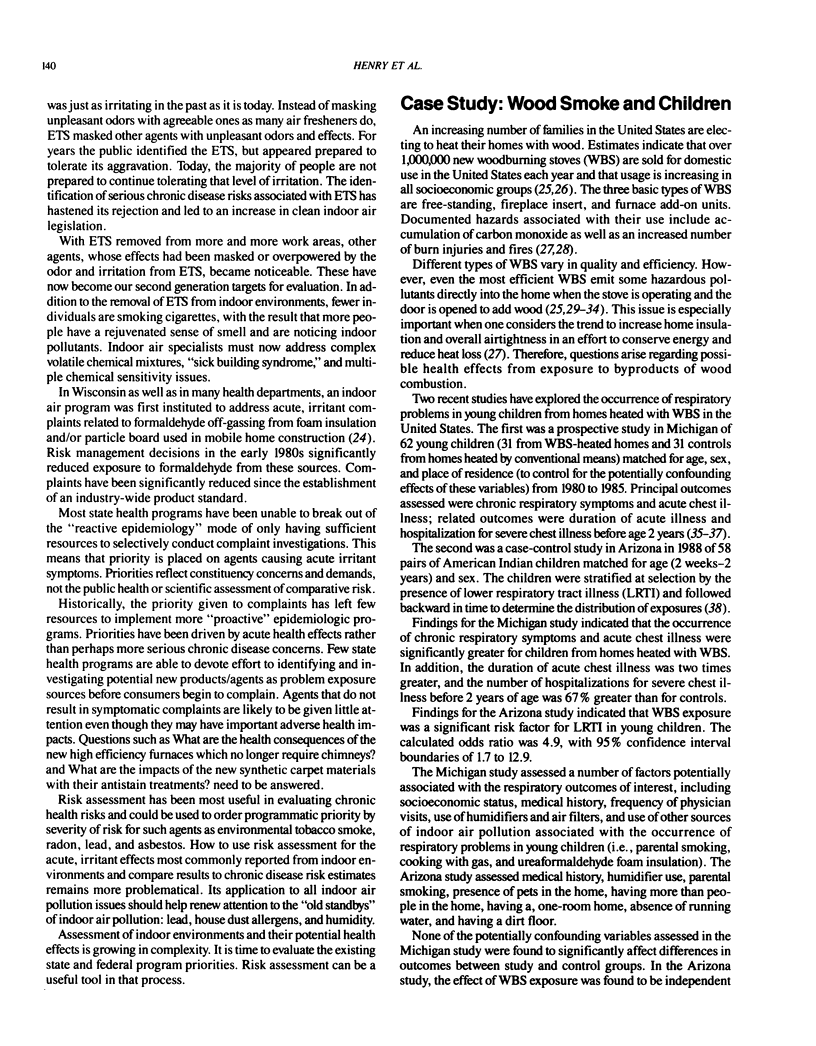
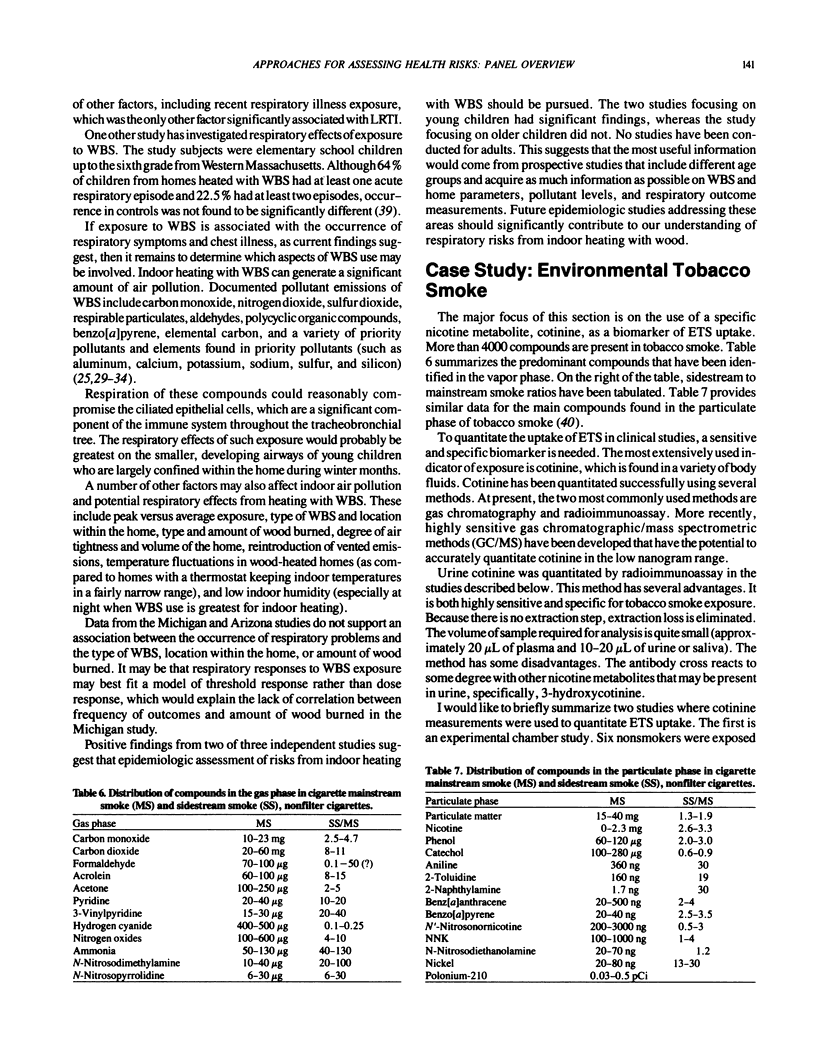

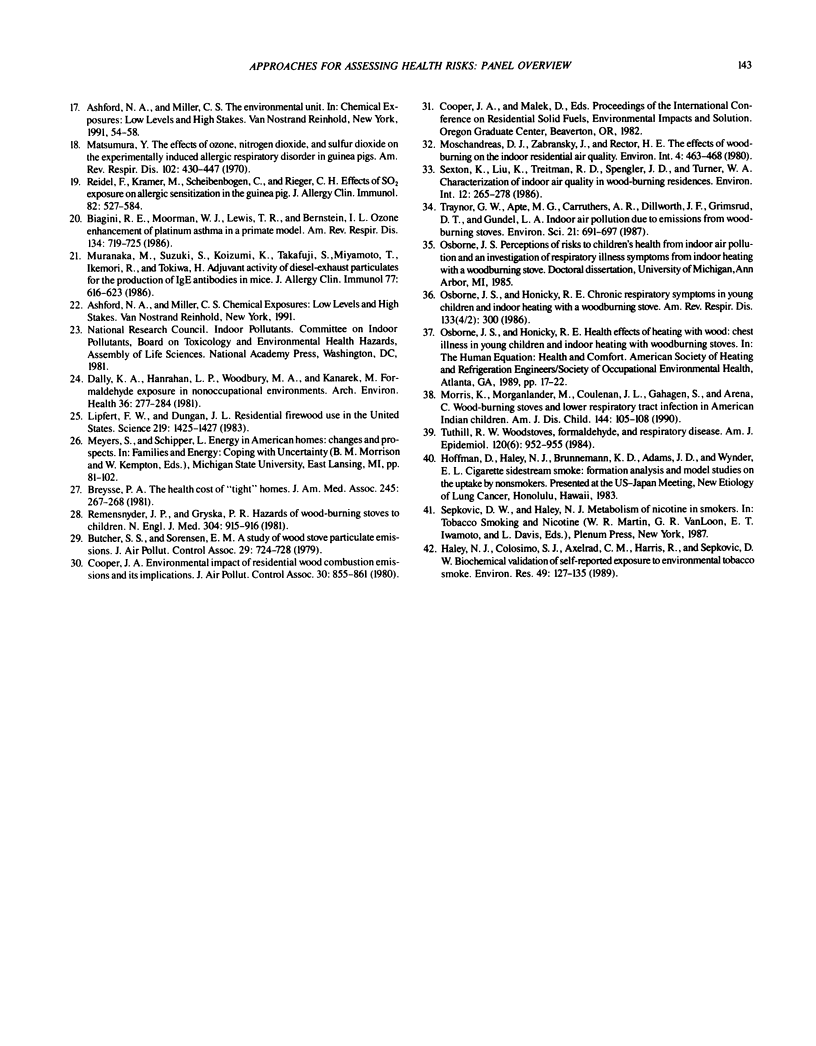
Selected References
These references are in PubMed. This may not be the complete list of references from this article.
- Biagini R. E., Moorman W. J., Lewis T. R., Bernstein I. L. Ozone enhancement of platinum asthma in a primate model. Am Rev Respir Dis. 1986 Oct;134(4):719–725. doi: 10.1164/arrd.1986.134.4.719. [DOI] [PubMed] [Google Scholar]
- Bigazzi P. E. Autoimmunity induced by chemicals. J Toxicol Clin Toxicol. 1988;26(3-4):125–156. doi: 10.3109/15563658809000343. [DOI] [PubMed] [Google Scholar]
- Breton V, V, Bricault P, Cardman LS, Frois B, Goutte D, Isabelle DB, Linzey AJ, Masson G, Maximon LC, Offermann EA. High-accuracy comparison of electron and positron scattering from nuclei. Phys Rev Lett. 1991 Feb 4;66(5):572–575. doi: 10.1103/PhysRevLett.66.572. [DOI] [PubMed] [Google Scholar]
- Breysse P. A. The health cost of 'tight' homes. JAMA. 1981 Jan 16;245(3):267–268. [PubMed] [Google Scholar]
- Brooks S. M., Weiss M. A., Bernstein I. L. Reactive airways dysfunction syndrome. Case reports of persistent airways hyperreactivity following high-level irritant exposures. J Occup Med. 1985 Jul;27(7):473–476. [PubMed] [Google Scholar]
- Butcher B. T., Salvaggio J. E., Weill H., Ziskind M. M. Toluene diisocyanate (TDI) pulmonary disease: immunologic and inhalation challenge studies. J Allergy Clin Immunol. 1976 Jul;58(1 Pt 1):89–100. doi: 10.1016/0091-6749(76)90110-x. [DOI] [PubMed] [Google Scholar]
- Dally K. A., Hanrahan L. P., Woodbury M. A., Kanarek M. S. Formaldehyde exposure in nonoccupational environments. Arch Environ Health. 1981 Nov-Dec;36(6):277–284. doi: 10.1080/00039896.1981.10667638. [DOI] [PubMed] [Google Scholar]
- Haley N. J., Colosimo S. G., Axelrad C. M., Harris R., Sepkovic D. W. Biochemical validation of self-reported exposure to environmental tobacco smoke. Environ Res. 1989 Jun;49(1):127–135. doi: 10.1016/s0013-9351(89)80027-1. [DOI] [PubMed] [Google Scholar]
- Jackson R., Sears M. R., Beaglehole R., Rea H. H. International trends in asthma mortality: 1970 to 1985. Chest. 1988 Nov;94(5):914–918. doi: 10.1378/chest.94.5.914. [DOI] [PubMed] [Google Scholar]
- Kammüller M. E., Bloksma N., Seinen W. Chemical-induced autoimmune reactions and Spanish toxic oil syndrome. Focus on hydantoins and related compounds. J Toxicol Clin Toxicol. 1988;26(3-4):157–174. doi: 10.3109/15563658809000344. [DOI] [PubMed] [Google Scholar]
- Klerman G. L., Weissman M. M. Increasing rates of depression. JAMA. 1989 Apr 21;261(15):2229–2235. [PubMed] [Google Scholar]
- Lipfert F. W., Dungan J. L. Residential firewood use in the United States. Science. 1983 Mar 25;219(4591):1425–1427. doi: 10.1126/science.219.4591.1425. [DOI] [PubMed] [Google Scholar]
- Malinow M. R., Bardana E. J., Jr, Pirofsky B., Craig S., McLaughlin P. Systemic lupus erythematosus-like syndrome in monkeys fed alfalfa sprouts: role of a nonprotein amino acid. Science. 1982 Apr 23;216(4544):415–417. doi: 10.1126/science.7071589. [DOI] [PubMed] [Google Scholar]
- Matsumura Y. The effects of ozone, nitrogen dioxide, and sulfur dioxide on the experimentally induced allergic respiratory disorder in guinea pigs. I. The effect on sensitization with albumin through the airway. Am Rev Respir Dis. 1970 Sep;102(3):430–437. doi: 10.1164/arrd.1970.102.3.430. [DOI] [PubMed] [Google Scholar]
- Morris K., Morgenlander M., Coulehan J. L., Gahagen S., Arena V. C., Morganlander M. Wood-burning stoves and lower respiratory tract infection in American Indian children. Am J Dis Child. 1990 Jan;144(1):105–108. doi: 10.1001/archpedi.1990.02150250117047. [DOI] [PubMed] [Google Scholar]
- Muranaka M., Suzuki S., Koizumi K., Takafuji S., Miyamoto T., Ikemori R., Tokiwa H. Adjuvant activity of diesel-exhaust particulates for the production of IgE antibody in mice. J Allergy Clin Immunol. 1986 Apr;77(4):616–623. doi: 10.1016/0091-6749(86)90355-6. [DOI] [PubMed] [Google Scholar]
- Remensnyder J. P., von Ryll Gryska P. Hazards of wood-burning stoves to children. N Engl J Med. 1981 Apr 9;304(15):915–916. [PubMed] [Google Scholar]
- Spengler J. D., Sexton K. Indoor air pollution: a public health perspective. Science. 1983 Jul 1;221(4605):9–17. doi: 10.1126/science.6857273. [DOI] [PubMed] [Google Scholar]
- Tuthill R. W. Woodstoves, formaldehyde, and respiratory disease. Am J Epidemiol. 1984 Dec;120(6):952–955. doi: 10.1093/oxfordjournals.aje.a113966. [DOI] [PubMed] [Google Scholar]
- Zeiss C. R., Patterson R., Pruzansky J. J., Miller M. M., Rosenberg M., Levitz D. Trimellitic anhydride-induced airway syndromes: clinical and immunologic studies. J Allergy Clin Immunol. 1977 Aug;60(2):96–103. doi: 10.1016/0091-6749(77)90033-1. [DOI] [PubMed] [Google Scholar]


